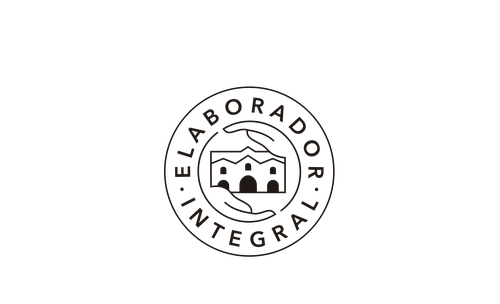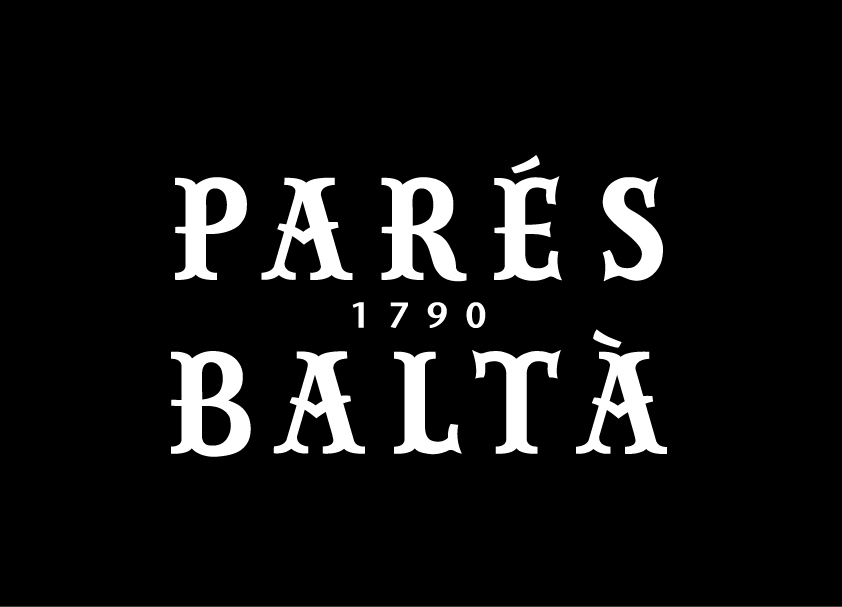When it comes to sparkling wines, two names often dominate the conversation: Champagne VS Cava. Though both are synonymous with celebration, they represent different winemaking traditions, regions, and styles. In this article, we will explore the key differences between Champagne and Cava, while highlighting the exceptional quality of Mastinell, our premium Cava de Guarda Superior, and its upcoming showcase at the Spanish Great Match 30th Edition in New York’s Mercado Little Spain on October 1st, 2024.
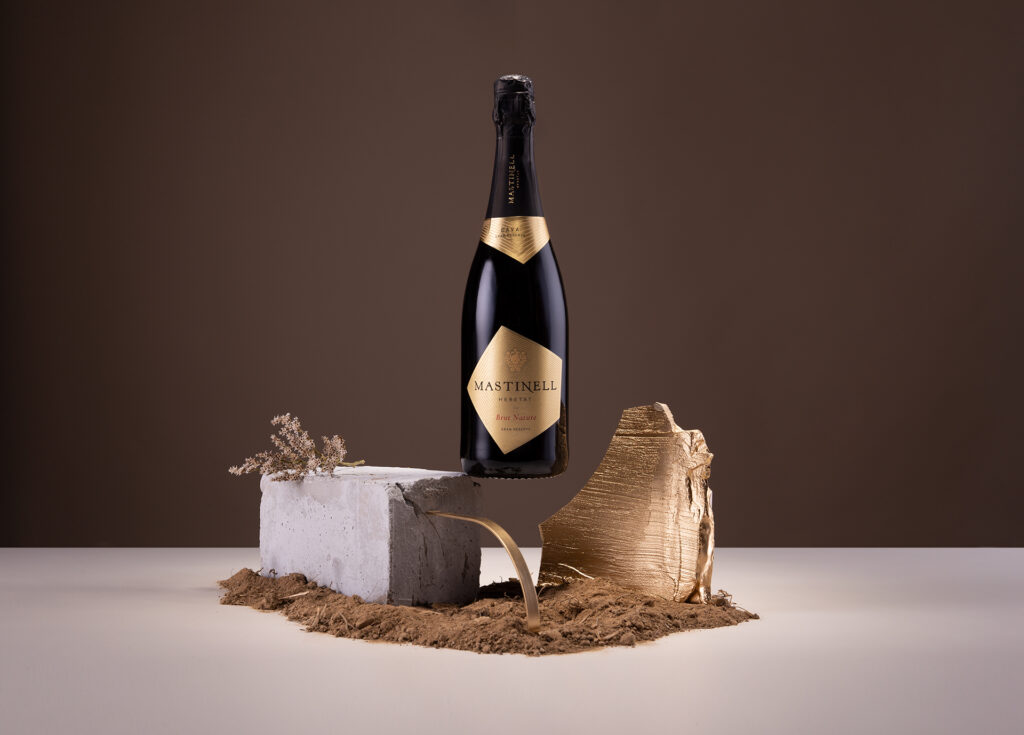
Champagne: The French Icon
Champagne is one of the most iconic sparkling wines, hailing from the Champagne region in France. This wine is typically produced using a blend of three key grapes: Chardonnay, Pinot Noir, and Pinot Meunier. What sets Champagne apart is the traditional Méthode Champenoise, a process in which the wine undergoes a second fermentation in the bottle to create those signature bubbles.
Some characteristics of Champagne include:
- Complexity: Due to the cooler climate in the Champagne region, the wines tend to have high acidity, which contributes to their crispness and aging potential.
- Terroir-driven: The unique chalky soils of Champagne impart a distinct minerality to the wines.
- Price: Champagne tends to be more expensive due to its strict regulations and long aging process.
Cava: Spain’s Answer to Sparkling Wine
Cava, on the other hand, originates from the Penedès region in Catalonia, Spain. While it shares the traditional method of bottle fermentation with Champagne, it has its own distinctive identity. Cava is typically made from Spanish grape varieties such as Macabeo, Xarel·lo, and Parellada, though international varieties like Chardonnay are sometimes included. The difference between champagne lies here.
Key features of Cava:
- Fruity and Fresh: Cava is known for its bright fruit flavors, with notes of apple, pear, and citrus.
- Affordable Luxury: Cava offers excellent value for its quality, often providing a more affordable alternative to Champagne.
- Versatility: With its range of styles, from light and refreshing to complex and aged, Cava pairs well with a variety of foods, making it perfect for both casual and formal occasions.
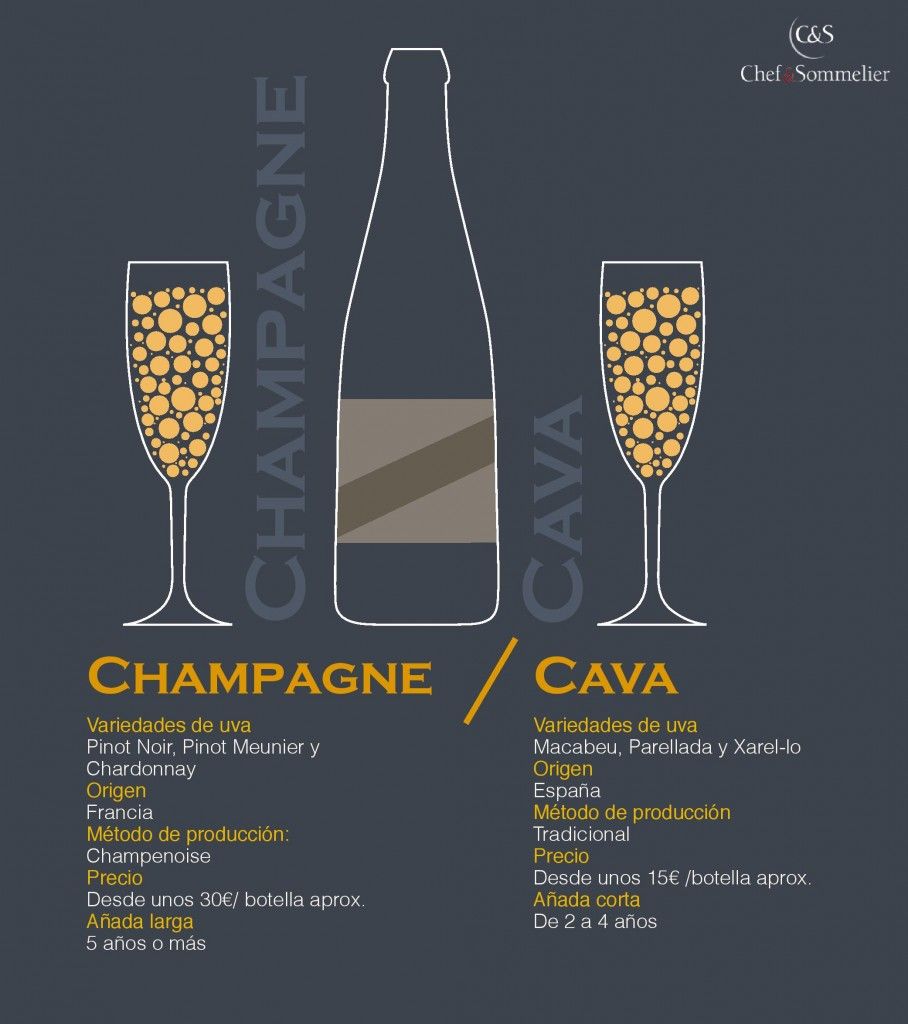
Champagne VS cava
The Unique Qualities of Mastinell’s Cava de Guarda Superior
At Mastinell, we take pride in producing Cava de Guarda Superior, a category that represents the highest quality within the world of Cava. Our Cavas undergo extended aging (up to nine years), allowing them to develop a depth and complexity comparable to the finest Champagnes. Mastinell’s approach to winemaking combines traditional methods with a respect for the unique terroir of Penedès.
Some of the hallmarks of Mastinell’s Cava include:
- Elegance: With extended aging, our Cavas develop rich flavors of toast, brioche, and dried fruit, while maintaining a balanced freshness.
- Sustainability: Mastinell is committed to sustainable viticulture, ensuring that our practices not only respect the environment but also enhance the quality of our wines.
- Award-winning: Mastinell has earned numerous accolades for its exceptional quality, positioning it as one of the leading Cava producers in Spain.
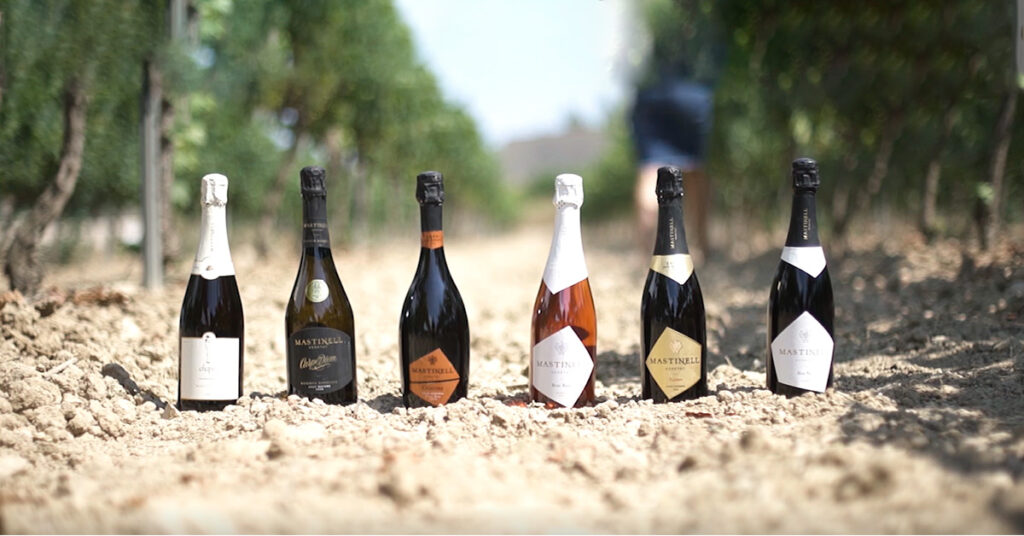
Champagne vs Cava: Which Should You Choose?
When deciding between both of them it ultimately comes down to personal preference and the occasion. If you are seeking a wine with high acidity and complexity for a special celebration, Champagne might be your go-to. However, if you are looking for a versatile, food-friendly sparkling wine with excellent value, Cava is an outstanding choice. It is important to keep in mind that this is the difference.
What about Prosecco?
While discussing sparkling wines, another key player to consider is Prosecco, Italy’s popular alternative. Unlike Cava and Champagne, which use the traditional method of bottle fermentation, Prosecco is typically produced using the Charmat method, where secondary fermentation occurs in large stainless steel tanks. This method gives Prosecco its signature light, fresh, and fruity profile. A crucial differences between Champagne Prosecco, and Cava lies in both the production methods and flavor profiles. Prosecco offers a more approachable and budget-friendly option, perfect for casual occasions.
Mastinell at the Spanish Great Match 30th Edition in New York
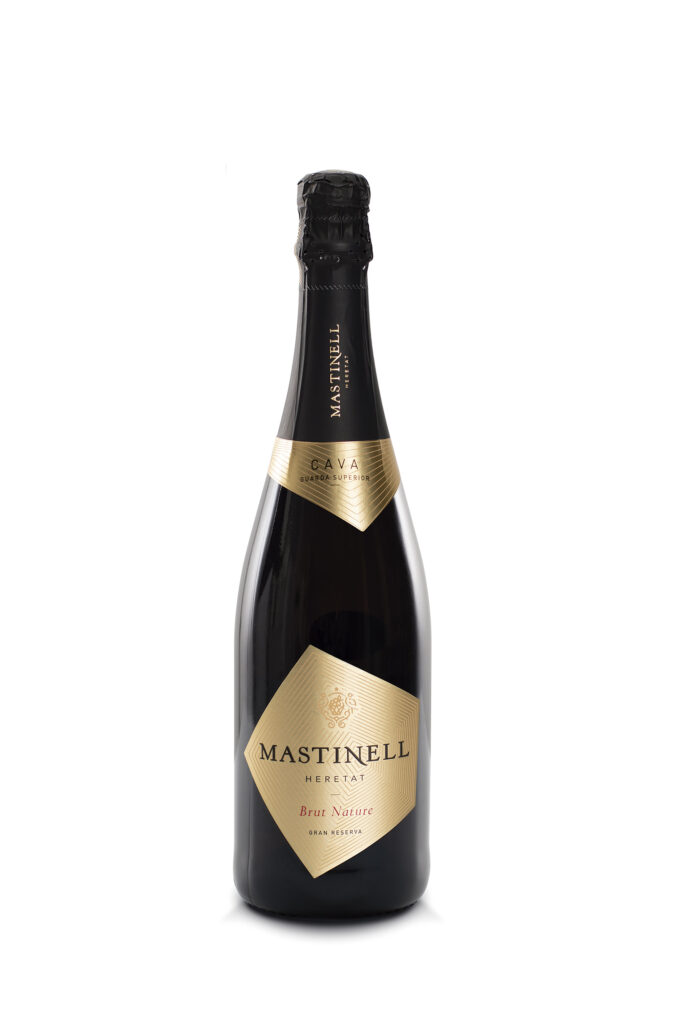
We are thrilled to announce that Mastinell will be participating in the Spanish Great Match 30th Edition, a prestigious wine and food showcase taking place on October 1st, 2024, at Mercado Little Spain in New York. This event brings together wine professionals, sommeliers, and enthusiasts to explore Spain’s finest wines and gastronomic offerings.
Mastinell’s participation in this event marks a significant opportunity for wine lovers in the United States to experience our premium Cava de Guarda Superior firsthand. Our wines will be showcased alongside some of Spain’s best, offering a taste of the craftsmanship and dedication that goes into every bottle of Mastinell Cava.
Conclusion
While both Cava and Champagne offer exceptional sparkling wine experiences, they each have their own unique identity and place in the world of fine wine. At Tasters, we are proud to import and represent Mastinell, a producer of Cava de Guarda Superior that exemplifies the best of Spanish sparkling wine.
Join us at the Spanish Great Match 30th Edition in New York to experience the elegance and complexity of Mastinell’s Cava, and explore the future of Spain’s sparkling wine on a global stage.
For more information on Mastinell and our participation in the event, visit our website.

